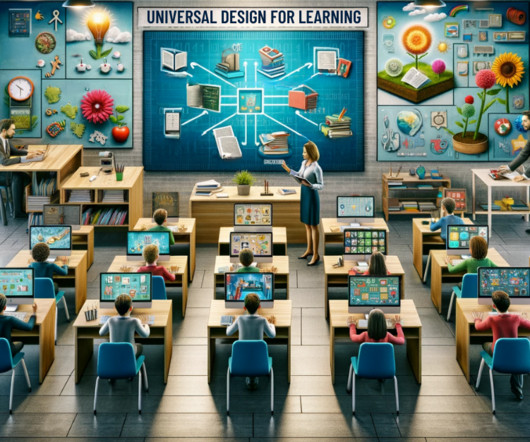U.S. K-12 Educational Technology Policy: Historical Notes on the Federal Role
Doug Levin
APRIL 21, 2016
FY 2003 $700,500,000. FY 2006 $272,300,000 (President Bush’s request: $0). Districts seeking funds to integrate technology into teaching and learning can use other Federal program funds such as Improving Teacher Quality State Grants and Title I Grants to Local Educational Agencies.”


















Let's personalize your content